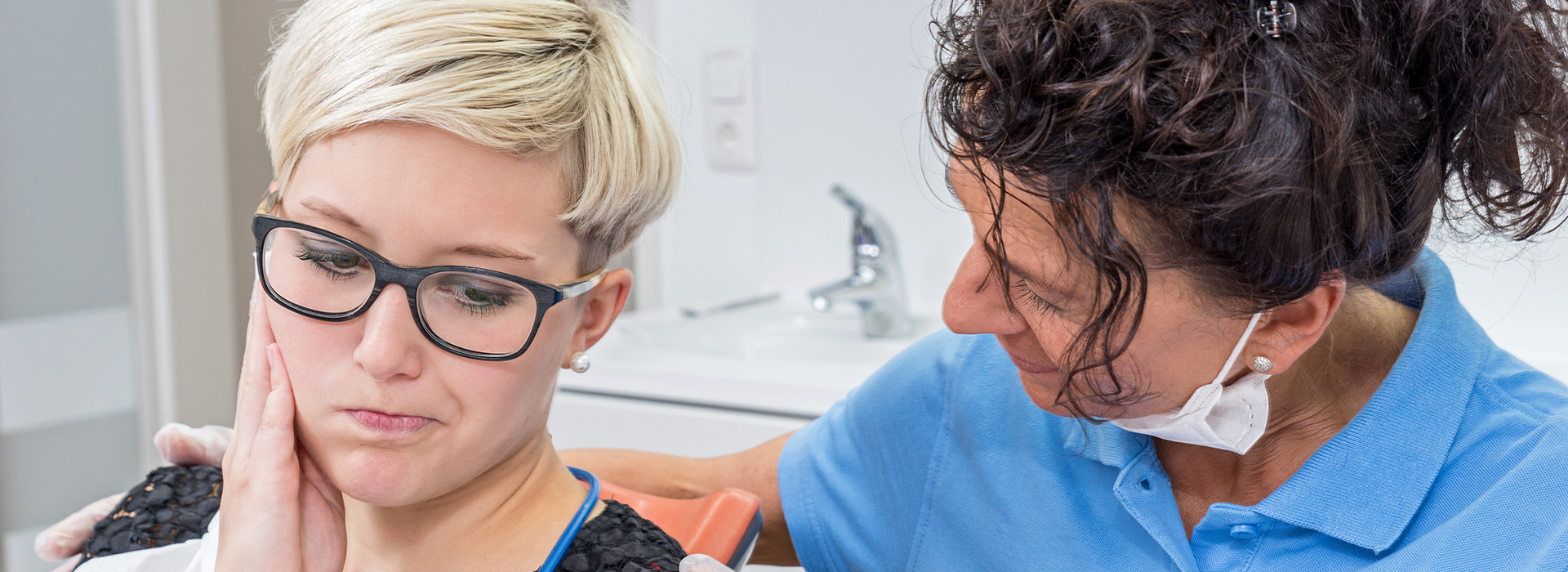When Is a Tooth Problem an Actual Emergency?
Dental pain and dental damage can feel urgent, but not every ache requires the same immediate response. True dental emergencies are situations that involve uncontrolled pain, significant bleeding, swelling that affects breathing or swallowing, trauma that dislodges or fractures a tooth, or signs of an active infection such as rapidly spreading swelling or fever. Recognizing the difference between a routine concern and a condition that needs same-day attention helps protect your oral health and can prevent more invasive treatment later.
Common urgent conditions include severe toothaches, broken or knocked-out teeth, lost restorations that expose sensitive tissues, and swelling around a tooth that suggests an abscess. Problems with dentures or appliances that cause sharp irritation or interfere with eating may also require prompt care. If you experience sudden, severe symptoms or any change that affects your ability to breathe, speak, or swallow, seek immediate treatment without delay.
Understanding what qualifies as an emergency also helps set expectations for care. Some issues can be stabilized quickly with pain control or temporary restorations, while others require definitive procedures such as root canal therapy or extraction. Early attention improves outcomes and often preserves more of the natural tooth structure.
First-Aid Measures You Can Use Right Away
When a dental problem arises, simple first-aid steps can reduce pain and protect the tooth until professional care is available. For bleeding, apply gentle pressure with clean gauze or a soft cloth. Cold compresses placed against the cheek can reduce swelling and numb pain for the short term. Over-the-counter pain relievers may help, but follow package directions and avoid placing aspirin directly on gums or teeth.
If a tooth is fractured but still in the mouth, rinse gently with warm water to clear debris and avoid chewing on that side. For a completely knocked-out permanent tooth, handle it by the crown (the chewing surface), rinse briefly if dirty, and, if possible, attempt to reinsert it into the socket. If reinsertion isn’t possible, keep the tooth moist in milk or in the mouth next to the cheek and seek emergency dental care immediately — timely reimplantation greatly improves the chance of saving the tooth.
Loose crowns, broken fillings, or damaged dentures can be temporarily managed with over-the-counter dental cement or wax available at pharmacies, but these are short-term fixes. Avoid using household glues. The priority in these cases is to protect exposed tissues and limit contamination until a dentist can provide an appropriate restoration or repair.
How Emergency Care Is Evaluated and Prioritized
When you arrive for urgent dental care, the first steps are triage and assessment. Dental teams evaluate pain level, signs of infection, trauma severity, and any risk to airway or general health. Medical history and current medications are reviewed to guide safe treatment choices. Triage helps determine whether immediate intervention is needed or if the condition can be stabilized with a brief, targeted procedure before arranging follow-up care.
Diagnosis typically combines a focused clinical exam with diagnostic imaging when necessary. X-rays or digital scans reveal the extent of decay, root damage, or bone involvement that isn’t visible to the naked eye. This diagnostic clarity informs whether a conservative treatment—such as a new filling or bonding—will suffice, or if more extensive therapy like root canal treatment or surgical extraction is required.
Pain management and infection control are priorities in an emergency visit. Dentists use local anesthesia and, when appropriate, short-term measures to relieve pain immediately. If an infection is present, antibiotics may be prescribed when clinically indicated, and drainage or debridement may be performed to control the source. The goal is to create a comfortable, stable condition and plan definitive care with the least amount of risk to the patient.
Definitive Treatments for Urgent Dental Problems
Treatment depends on the diagnosis and the condition of the affected tooth. For minor fractures and lost fillings, dental bonding or a new composite restoration can rebuild function and stop sensitivity. Larger structural damage may require a crown to restore strength and prevent further breakage. When the tooth’s nerve is affected by trauma or irreversible decay, root canal therapy removes the inflamed or infected tissue and preserves the tooth’s integrity in most cases.
In circumstances where a tooth cannot be saved, extraction may be the safest course. While losing a tooth is never ideal, modern restorative options—such as fixed bridges, removable dentures, or dental implants—can reestablish chewing function and aesthetics. Dental implants are a durable method for replacing missing teeth and for maintaining jawbone health by restoring functional load to the jaw.
For soft-tissue emergencies—bites to the lip or tongue, lacerations, or suspicious oral lesions—the approach focuses on controlling bleeding, preventing infection, and ensuring proper healing. Suturing, protective dressings, or targeted referrals to oral surgery or medical specialists are used when necessary. Each treatment plan is individualized to preserve oral health while minimizing disruption to daily life.
Recovery, Follow-Up, and Steps to Reduce Future Emergencies
After emergency treatment, careful aftercare is essential for healing and for reducing the risk of complications. Patients are typically given clear instructions about pain management, dietary restrictions, oral hygiene, and signs that warrant urgent re-evaluation. Scheduling follow-up appointments allows the dental team to complete definitive restorations, monitor healing, and adjust care if problems arise.
Long-term prevention focuses on routine maintenance and risk reduction. Regular dental exams and cleanings identify early decay or weakened restorations before they become acute problems. Protective measures—such as nightguards for bruxism, mouthguards for sports, and timely replacement of compromised restorations—reduce the likelihood of emergency visits. Maintaining overall health, controlling systemic conditions such as diabetes, and avoiding high-risk behaviors also support oral resilience.
If you or a family member needs urgent attention, prompt evaluation improves outcomes and often simplifies treatment. Albee Dentalcare combines clinical experience with modern diagnostic tools to stabilize emergencies and guide patients through recovery toward lasting oral health.
In summary, dental emergencies range from manageable short-term issues to conditions that threaten oral or overall health. Quick recognition, sensible first-aid, and timely professional care can preserve teeth and reduce complications. Contact us for more information or to arrange prompt evaluation and treatment.







